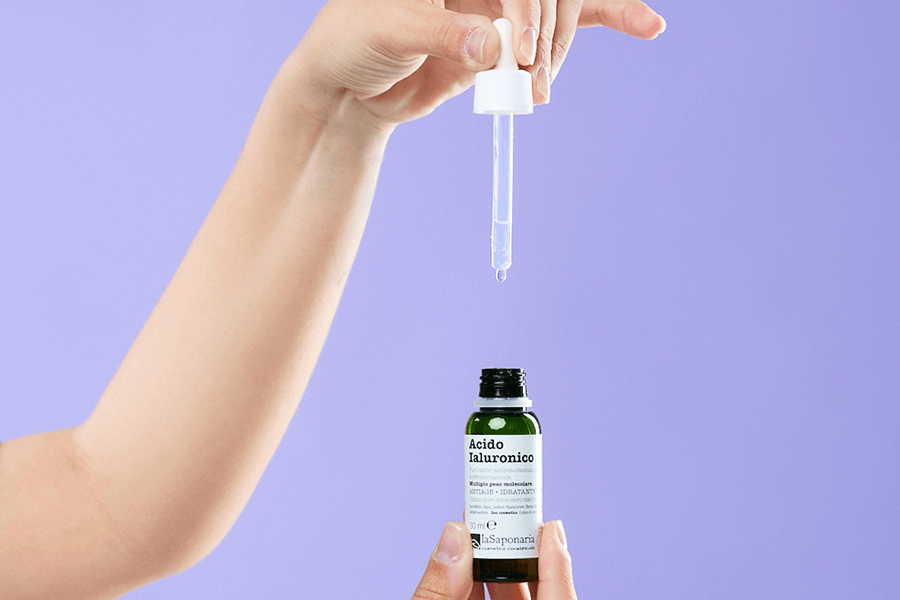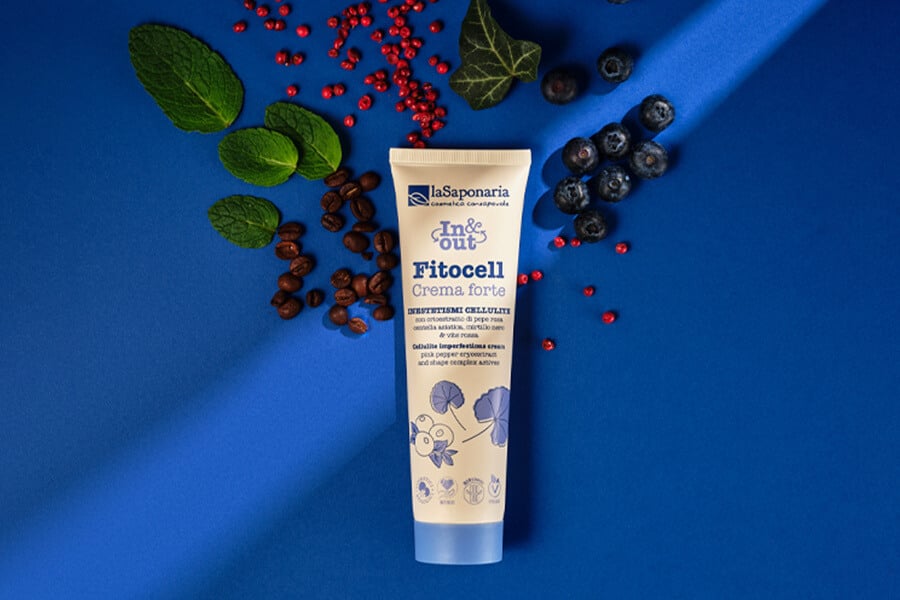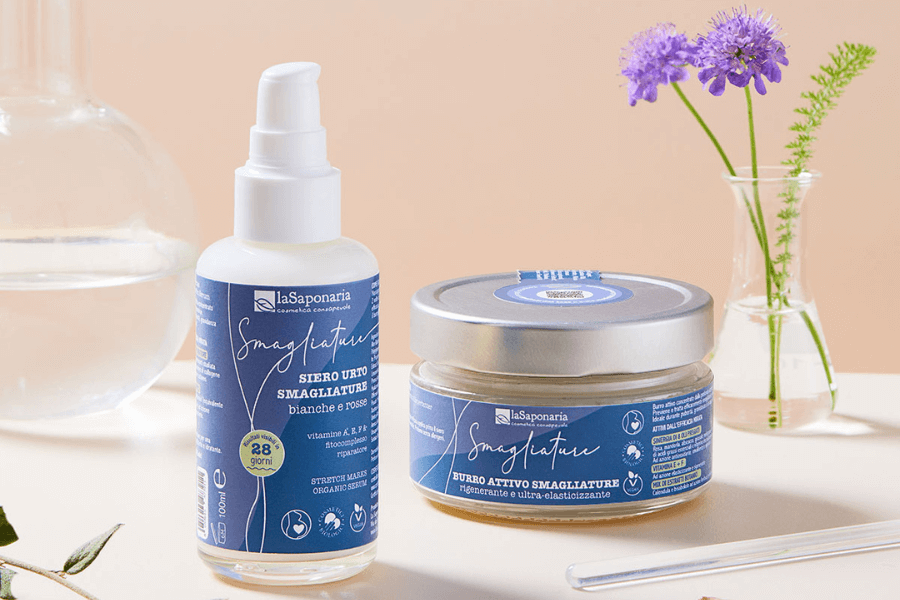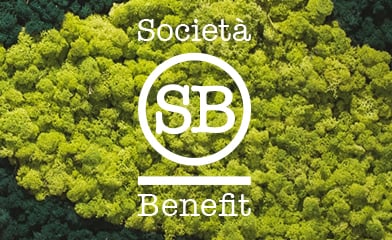- Call us! +390721 911004
- Write a message
- Whatsapp +39 377 3844777
- Become a reseller
- Test and E-book
- Location and contacts
-
MenuBack
-
Organic cosmetics
-
-
space
-
-
-
-
-
-
-
Discover your beauty routine
-
-
Skin care
-
Hair care
-
Body Care
- Best Seller
- Routines
-
DIY
-
-
space
-
-
-
-
-
-
PRODUCTION TOOLS
-
-
DOWNLOAD THE RECIPES
-
-
-
Organic library
-
-
BEAUTYBLOG
-
-
-
GLOSSARY
-
-
-
DO-IT-YOURSELF RECIPES
-
-
-
TEST AND E-BOOK
-
-
About us
-
-
space
-
-
-
-
-
PHILOSOPHY
-
-
-
NATURAL COSMETICS
-
-
-
FLAGSHIP STORES
-
-
-
Sustainability
-
-
space
-
-
-
BENEFIT COMPANY
-
-
-
ETHICAL CHAIN
-
-
-
SUSTAINABLE PACKAGING
-
-
-
SUSTAINABILITY IN THE COMPANY
-
-
-
Supported projects
-
NOTICES AND AWARDS
-
-
-
Business Area
-
-
space
-
-
-
OPEN A FLAG SHIP STORE
-
-
-
BECOME A RESELLER
-
-
-
PRIVATE LABEL
-
ACCOMMODATION FACILITIES
-
-
-
RESELLERS LOGIN
-
-
-
Resellers
-
-
RESELLERS RESOURCES
-
-
-
OPEN A FLAGSHIP STORE
-
ACCOMMODATION FACILITIES
-
PROMOTIONAL MATERIAL
-
-
-
RESELLERS NEWS
-
REGISTER YOUR SHOP
-
-
-
REFILL ROLL-ON BIODEOs
-
-
-
HAIR LINE
-
-
- Store locator
Cypress

INCI NAME:
Cupressus Sempervirens Leaf Oil
ORIGIN:
Vegetal
FUNCTION:
Perfume, expectorant
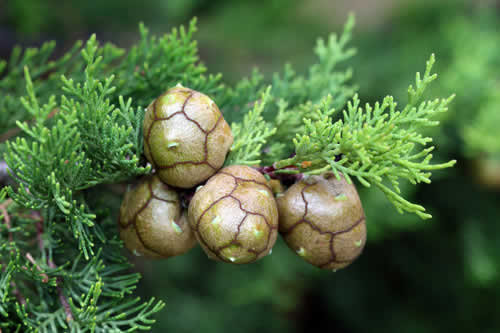
This is an automatic translation
Cypress, Cupressus sempervirens, is an evergreen tree belonging to the Cupressaceae family.
The origins of the cypress would seem to be from Iran and the eastern area of the Mediterranean Sea; it would have been imported into the western Mediterranean by the Phoenicians and the Etruscans for ornamental reasons, since its pyramidal shape is very characteristic of some varieties.
It is a very common plant in Italy, but most likely it is not native, despite the fact that today it represents one of the most characteristic species of the peninsula: in Tuscany, for example, it has become an unmistakable element of the landscape. In particular, it is very common in the Pyramidalis variety (black cypress, or Italian cypress) with a strongly pyramidal crown, with a "flame" columnar habit, or in the horizontalis variety, characterized by a wider oval crown with enlarged branches. Both varieties are used as windbreaks also due to their resistance to strong gusts or as a landscape ornament, in fact it is often used as a funeral plant to decorate cemeteries.
The Mediterranean cypress is an evergreen tree that reaches 25-30 meters, but in older specimens it can even reach over 50 m.
It has a grey-brown bark with long fissures and its very hard wood is used for the construction of furniture as its strongly aromatic smell preserves it from moths, fungi and parasites, while it was once also used for shipbuilding, due to its great resistance to humidity.
The leaves, characteristic of all types of cypress, are dark green, very small, about 1 mm long with a so-called scaly shape. The yellow flowers arranged at the apex of the twigs are indistinctly male and female on the whole plant. Instead the fruits are small light green spheres when young, called galbule and after a two-year maturation, they change color becoming brown, lignify and open along the fissures of the scales to drop the winged seeds (achenes).
Various properties are attributed to the cypress and it is not uncommon to find it in the composition of various types of preparations or food supplements, with indications for the treatment of microcirculation disorders and airway disorders. It can be found in some products as an adjuvant in case of hemorrhoids.
An essential oil (Cupressus Sempervirens Leaf Oil) is obtained from this plant: a fragrance contained in many fragrances used to make cosmetic products of all kinds more pleasant.
On a therapeutic level, this oil is used externally (in the form of fumigations) in case of nasal congestion, because it has an expectorant and balsamic function at the level of the respiratory tract.

